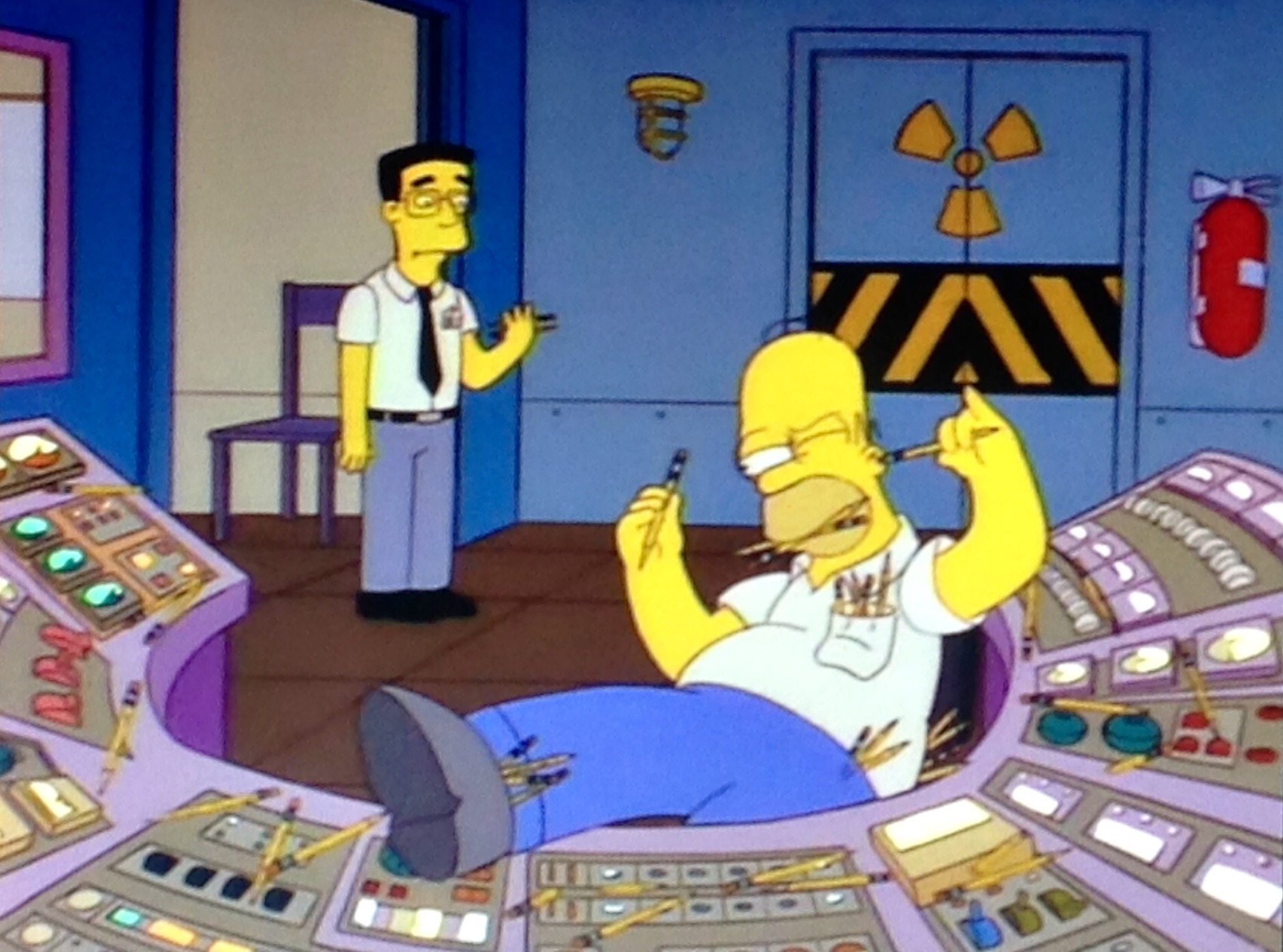
‘Trojan Women’ presents abstract battle of the sexes
By Adam Tatelman, Senior Columnist
In 415 BC, Euripides’ The Trojan Women posed a political criticism of the unprovoked Greek warfare against peaceful Melos. Updated by Charles Mee, the fractured script of Trojan Women is replete with anachronistic musical interludes and dialogue cobbled together from anecdotes by Holocaust and Hiroshima survivors. It often borders on the nonsensical, but under the direction of Thrasso Petras, from the Douglas College theatre department, it stays true to the play’s 3000-year-old anti-war message.
Amanda Larder’s set design evokes a bleak tone from the outset with backlit column-like banners, lighting that alternates between oceanic blue and hellish orange, a distant gangplank, and a massive pile of rags at centre stage. Classical Greek architecture and third-world misery congeal into a muddy temporal mishmash, the backdrop of eternal war.
The play opens as Hecuba (Allie Melchert) rises from the rags, mourning her children and her war-ravaged city. Her musical, enraged Chorus (Ashley Scigliano, Sarah Mendoza, Kaleigh McDonald, Robyn Crawford) represent enslaved women. Andromache (Zoe Frank) regrets the chances she never took. Polyxena (Claire Temple) accepts her fate as sacrifice to Achilles’ tomb. Cassandra (Morgan Oehlschlager) foretells the doom of the Greeks. Talthybius (Jackson Boudreau) carries out questionable orders with the aid of his sadistic soldiers (Levi Williams, Dan McPeake, Thomas Halkes). Helen (Mikayla Hart) bargains for her life in the face of her husband Menelaus’ (Ben Groberman) wrath. It is, in a sense, the same plot as Euripedes’ but elongated and disjointed.
Though the script is episodic, allowing each of the eponymous women to tell their stories, the play is performed as one long scene. No actors leave the stage, although they occasionally switch roles or rummage through the rags for costumes. All transitions occur unobstructed, including one suggestively veiled scenario.
Each situation plays out like an interpretive dance, using all of the bodies on the stage to create moving paintings of a sort. As they are revealed one by one, each character speaks brutal testimony into microphones, the sound echoing throughout the theatre. There are silent silhouettes, impressive nine-part choral arrangements—even the stage floor is used to create a percussive heartbeat.
The story may be difficult to follow without having read the original text, but it remains thematically powerful regardless. The play’s point is to make a compelling philosophical statement more than to develop characters or plot, so the actors often seem like collective entities rather than individuals, and there is less action than there is abstract imagery.
Given the subjugation of the female characters, it is easy to interpret the script as aggressively feminist, yet the female actors dominate the stage more often than not. Perhaps it is not the sides of the conflict but the battle itself that intrigues Mee, since love and war are parallel conflicts throughout human history. The play doesn’t offer much hope of resolution, but it poses these questions in a visually intriguing way, and asks that we keep pondering the solutions in the future.
If you’re in the mood for something melodic, balletic, and hieroglyphic, check out Trojan Women at the Laura C. Muir Performing Arts Theatre on the fourth floor of the Douglas College New Westminster campus. The show will run through March 27. Tickets are $12, or $10 for students, and can be purchased through Massey Theatre.

